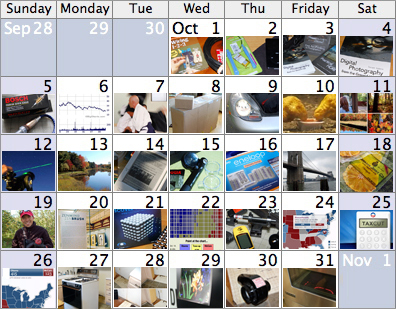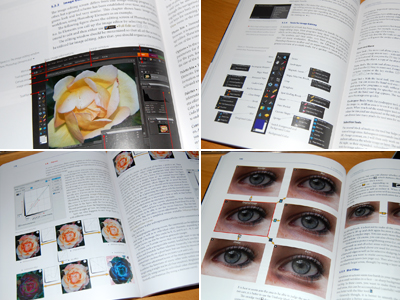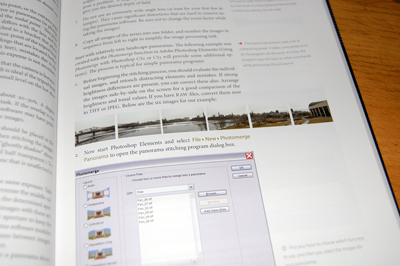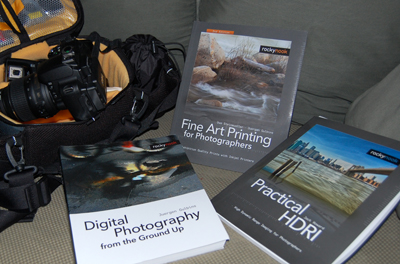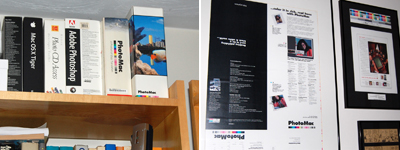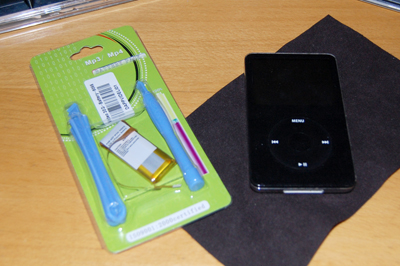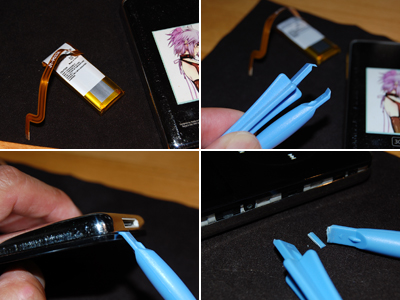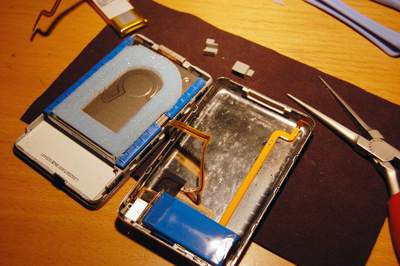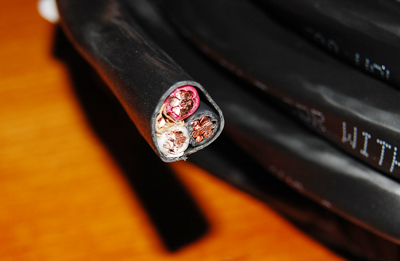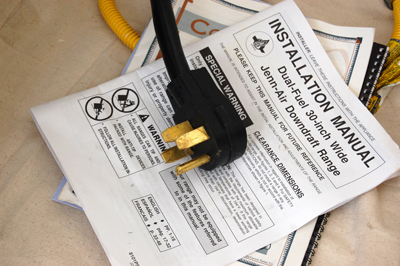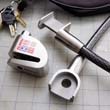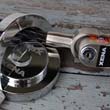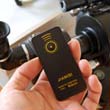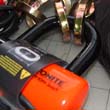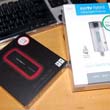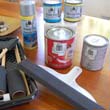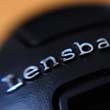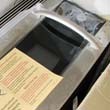Our Boxster's check engine light came on back in May. The code indicated that the problem was with the oxygen sensor. The local Porsche dealer quoted $317 for the part and $200 for labor to swap out the old sensor. At those kind of prices, we knew we were going to see if we could replace it ourselves.
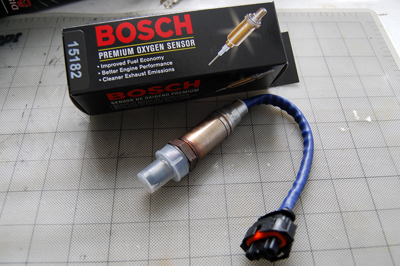
We had been procrastinating because the light would only go on intermittently. We finally got tired of seeing it come on and decided to just get off our butts and replace the sensor. Prices for a replacement sensor were all over the place. We found prices ranging from $45 to $250 on Ebay. Autohausaz.com sells a Bosch unit for $110 with free shipping. We think Bosch is the source of the Porsche OEM part. Most of the less expensive ones did not have the connector already attached.
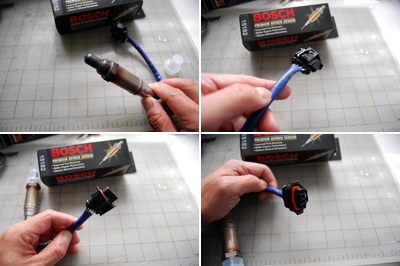
We didn't want the hassle of attaching the connector, so we ordered the complete unit. We are going to keep the old connector and see how difficult it is to disassemble. We may try using a connector-less sensor the next time we have to replace one.

The sensor which needed to be replaced was the one in front of the catalytic converter. To get at the old unit, the car must be raised up. We would absolutely never get underneath a car held up just by the hydralic jack. Thus, jack stands must be used.

The easiest place to jack up the car is from the rear. Once high enough, the stands may be place under the rear jack points. With the car raised, it was easy to locate the sensor.
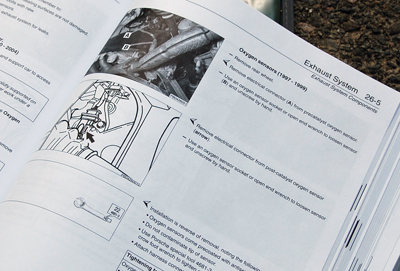
The replacement directions in the Bentley manual were pretty clear, but we had a little trouble visualizing the relative location of the sensor. In hopes of making it easier for our RainyDayGarage reader, we took a few extra photos from various angles to make it a little easier to see.

The sensor is easily removed using an adjustible wrench. A lift would have made this task even easier. The working space was a little tight as we had to work from the ground. However, we managed to get the old sensor out in about 5 minutes. Putting in the new one took even less time. Below is what an oxygen sensor looks like after about 90K miles.

This Boxster project was a lot easier than we had anticipated. It is definitely a DIY project within the capability of most who can use an open-end wrench. If you have the tools and can spare about 15 minutes, then you can probably replace your Boxster's oxygen sensor. [Permalink] - Oxygen Sensor Replacement
|

